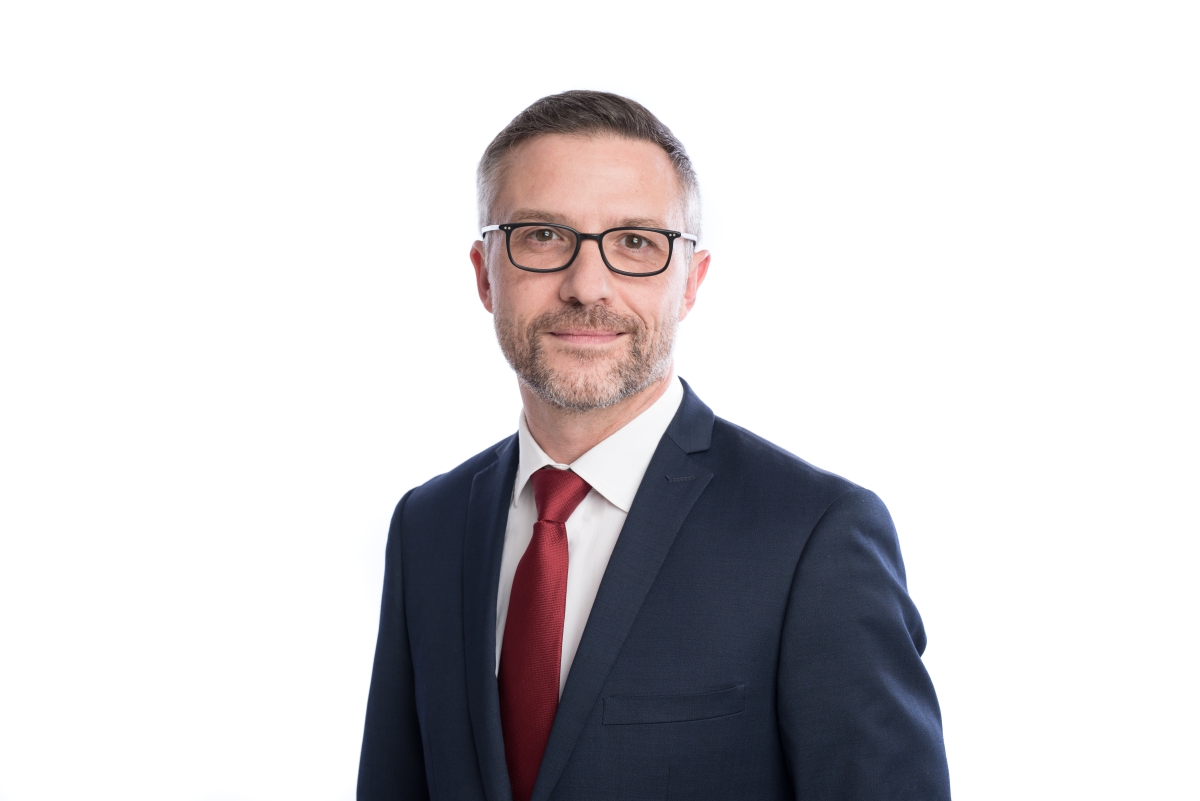“This plant should have been built much earlier. If it is needed, we will expand it,” he told Reuters on the sidelines of its opening ceremony in December, which was live-broadcast to the Kazakh capital Astana, where a nationwide event to present some of the country’s newest projects to President Nursultan Nazarbayev was being held.
Built jointly by Gezhouba Group and Kazakh firm Corporation DANAKE, the plant is an illustration of how China is using its “Belt and Road” initiative to redraw its manufacturing footprint well beyond its own borders, reshaping industries in the process.
But amid increased scrutiny of Belt and Road – a sprawling infrastructure plan meant to foster trade along a new “Silk Road” linking Asia with Europe, the Middle East and beyond – others say China is using the initiative to export industrial overcapacity, especially in heavy polluting industries.
While the drive has encouraged China’s corporate giants to seek overseas business, some worry the trend could distort regional economies and increase their dependency on Chinese money.
DRIVEN OUT
China says the four-year-old Belt and Road initiative, a signature policy of President Xi Jinping, is a “win-win” opportunity that helps other countries upgrade their transport and infrastructure links while boosting its own trade.
Chinese authorities have also suggested it as a possible solution to its industrial overcapacity woes, a legacy of the billions of dollars it poured into infrastructure projects to weather the 2008/09 global financial crisis, allowing firms to shift to areas where demand could still grow.
That idea has been acted upon by companies in sectors ranging from steel to cement to coal, industry executives and analysts say, shaking up global production maps.
“Every week there’s news about a new cement plant in the Commonwealth of Independent States area or Asia area that is being built by (the Chinese),” said Raluca Cercel, an associate at consultancy CW Group, which analyses the cement market.
Hundreds of cement plants have been shuttered in China under the pollution crackdown, according to state media, and the China Cement Association says that the country aims to eliminate about 400 million tonnes of capacity – about one-tenth of the total – by 2020.
Chinese majors such Gezhouba, Anhui Conch Cement and Shangfeng Cement in 2018 announced investments in at least 18 plants across Africa, Asia and South America with total annual capacity of more than 20 million tonnes – larger than the output of most European countries – according to industry publication Global Cement.
GRAPHIC-China’s concrete plans – tmsnrt.rs/2RywR1U
They are also building more plants on behalf of Western cement makers such as LafargeHolcim and HeidelbergCement, said David Perilli, an editor at Global Cement.
These Chinese firms had no such overseas footprint a decade ago, executives said.
Gezhouba is keen to embrace the new opportunities, said Li Jinqing, general manager at the Chinese firm’s Shieli subsidiary.
“We have 17 cement plants in China, this one is our first here,” he said. “We plan to build more plants in Central Asia and Kazakhstan, western Kazakhstan.. Everything will depend on the market.”
OVERCAPACITY
China has in the last five years stipulated that companies must install advanced anti-pollution technologies to meet raised standards for the production of materials such as cement, and has banned new cement capacity apart from projects that are considered “absolutely necessary”.
Plants are also forced to shut down production when pollution levels are high.
Hangzhou-based Shangfeng Cement is another Chinese firm that is looking to expand its footprint, building plants in Kyrgyzstan and Uzbekistan.
“The overcapacity situation in China has become very severe…which is why we considered going to countries along the Belt and Road,” the company’s vice president Qu Hui told Reuters in an interview.
“China is currently able to produce more than 3 billion tonnes of cement, but there is only demand for about 2.2 billion tonnes in reality.”
Shangfeng had also received a $68 million low-interest loan from the Export-Import Bank of China to build its first overseas production line, an offer made under the Belt and Road initiative, he said.
“The approval was done very quickly and the government was really supportive,” he said.
U.S., China face major differences amid trade talks
Chinese companies say the plants they are building abroad use the latest technology, are equipped with essential filters, and comply with local environment regulations.
However, environmental groups say the export of the pollution problems that dogged China’s rapid industrialization is a concern.
“Most countries targeted by Chinese firms for industrial investments have very weak emissions and environmental standards and enforcement,” said Lauri Myllyvirta, lead analyst at Greenpeace’s global air pollution unit.
“It’s definitely a concern that they take place in this regulatory vacuum.”
Kazakhstan has no unified national pollution standards like those in place in the European Union and China, according to local campaign group the Association of Practicing Ecologists, and does not track mercury emissions from cement kilns.
“Given those differences in pollution standards in China and Kazakhstan, it might be profitable for China to shift cement plants – under the Belt and Road project – to Kazakhstan which has rich deposits of carbonates and silica used as cement feedstock,” it said in an e-mail to Reuters.
While analysts said a number of central Asian countries were eager to ramp up cement production to create jobs and reduce reliance on imports as they seek to grow their manufacturing industries, there is a limit to how much new capacity their markets can absorb.
Landlocked Tajikistan, which has been a magnet for Chinese cement investors, exported 1 million tonnes of cement in 2017, up from just 500 tonnes in 2015, according to government data.
Shangfeng’s Qu said overcapacity could be hard to avoid, due to the highly efficient nature of Chinese cement manufacturing processes and their tendency to build bigger plants.
“It’s fine when you’re the first there,” he said. “But when you have two to three companies building in one country together, overcapacity can emerge very quickly.”
![]()


